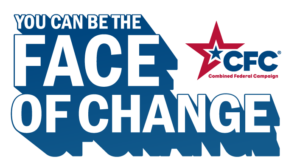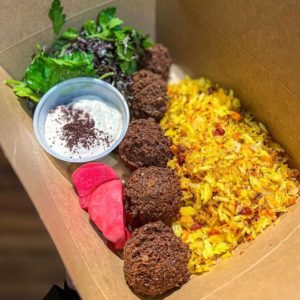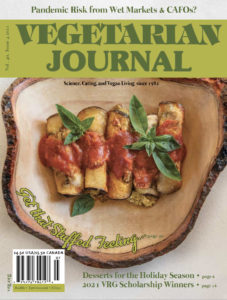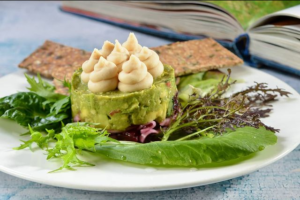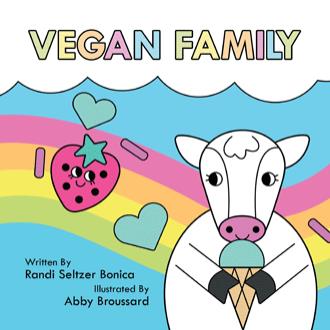The American Heart Association Dietary Guidelines Emphasize Plant Foods
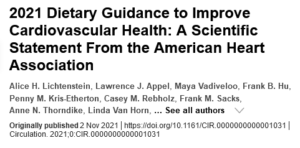
By Reed Mangels, PhD, RD
The American Heart Association recently issued a scientific statement “2021 Dietary Guidance to Improve Cardiovascular Health.” This statement replaces their earlier recommendations which were published 15 years ago. While the focus of this statement is heart health, it also considers dietary effects on cancer, diabetes, kidney function, and Alzheimer’s disease as well as environmental effects of food choices.
Based on all of these considerations, the American Heart Association recommendations include:
- “Choose healthy sources of protein – mostly protein from plants (legumes and nuts)”
- “Eat plenty of fruits and vegetables, choose a wide variety”
- “Choose foods made mostly with whole grains rather than refined grains”
While these guidelines do not call for a vegan or vegetarian diet, they do encourage choosing more plant foods and illustrate the importance of plant foods for a healthy diet.
These guidelines also address ultra-processed foods and say, “Choose minimally processed foods instead of ultra-processed foods” with the caveat that some healthy foods may be categorized as ultraprocessed. In contrast to the Dietary Guidelines for Americans, 2020-2025 issued by the U.S. Department of Agriculture and U.S. Department of Health and Human Services a year ago, the American Heart Association guidelines address the environmental impact of commonly consumed animal products, especially red meat.
To read the entire text of the American Heart Association’s Guidelines see 2021 Dietary Guidance to Improve Cardiovascular Health: A Scientific Statement From the American Heart Association.
To read more about our take on ultra-processed (and processed) foods see:
Beware of Diets Based on Ultra-Processed Foods
Vegan Processed Foods: Embrace Them? Shun Them?

